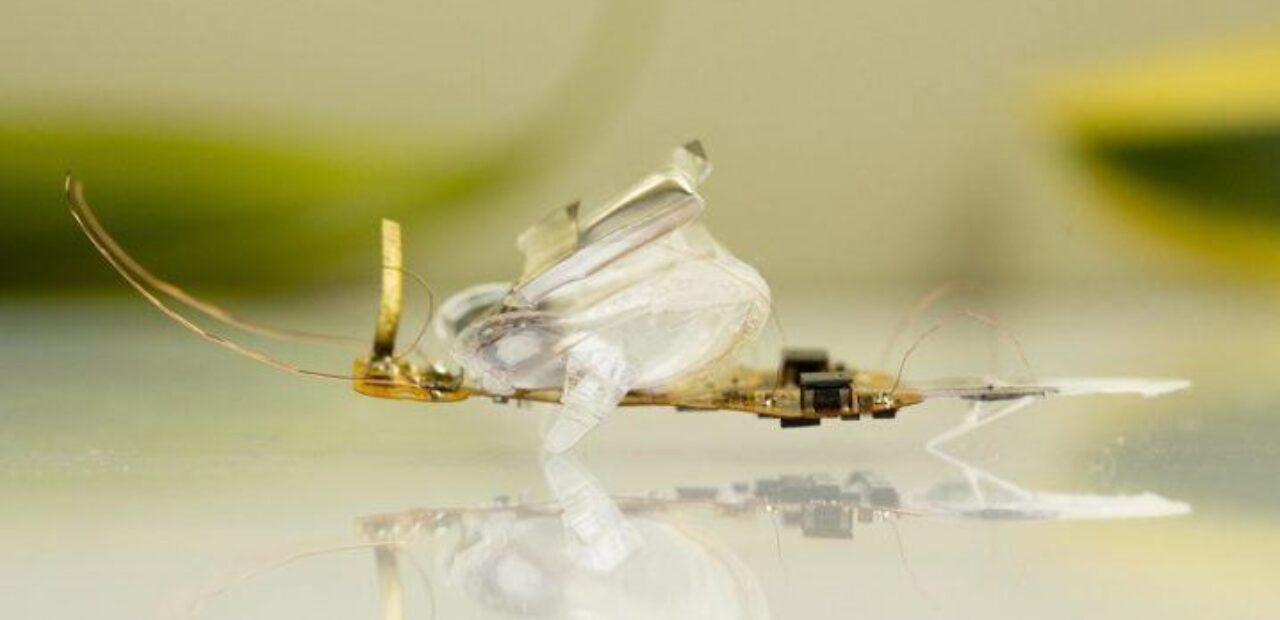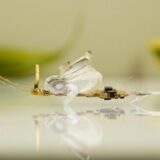Autonomous, Wireless Robots Should Dance On a Human Hair
The opposition to create ever smaller, ever higher robots is a fierce one, and Cornell University is out the front now with a fixed of bots small sufficient to take a seat down on a human hair however which can circulate on their very own the use of not anything however mild as a electricity source.
Now, you can recollect a further small system from some months ago, sitting proudly at the rim of a penny. Small, yes — however calling it a robotic isn’t pretty accurate. It turned into a tiny system, for sure, however it operated thru being time and again heated and cooled, main it to enlarge and agreement its legs.
The Antbots, because the lab led with the aid of using Michael Reynolds calls them, are honestly approximately the scale of an ant to an ant — even smaller than the penny-perching crab one. And it is also an awful lot towards what we might remember a robotic, or at the least a cell digital system. Yet not like nearly any preceding systems, there’s no twine necessary.
Antbots encompass 3 predominant systems: a photovoltaic mobileular to simply accept mild as electricity, a tiny incorporated circuit for controlling and directing that electricity and a fixed of hinged legs that it makes use of to scoot itself around.
To name this system “autonomous” is a chunk generous, however in case you permit that they are able to function with out direct interest or input, consisting of a pulsed laser or radio sign coordinating their movements, it’s honest sufficient. It movements autonomously in that it wishes most effective electricity however now no longer with intelligence — it’s a long way too easy for that.
A few different designs had been constructed to expose how distinctive gaits can be used, and a barely large and greater capable “dogbot” turned into additionally made which can take delivery of a unmarried command — basically, a fast/gradual switch. The intelligence of the robotic is without delay confined with the aid of using the dimensions of the electronics — they simply can’t healthy sufficient on there to carry out greater complex logic.
Image of an Antbot subsequent to an ant and with its additives marked. Image Credits: Reynolds et al. / Cornell University
But the crew used a instead big silicon fabrication process — one hundred eighty nanometers, while contemporary-day chips are created the use of sub-10-nm processes. By decreasing the scale of the circuits through an order of magnitude, they might both cut back the robotic or multiply its intelligence through a comparable amount.
Applications might variety from environmental cleanup and tracking to focused transport of drugs, tracking or stimulation of cells, and microscopic surgery. In a lot of these applications, robots with onboard manipulate structures for sensing and responding to their environments and working autonomously offer a extremely good advantage, putting the degree for ubiquitous clever microscopic robots with the potential for high quality effects withinside the international round us.













